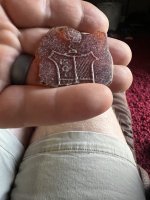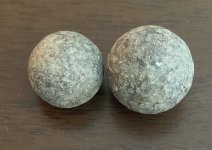Hi! I have been wondering if ground resistivity locators such as the MotherLoad Locator, Accumeter's locator, or the GPRs actually work as described. Does anyone have any actual experience with them or have the opinion of someone who does?
As a follow up to this question, I had read on an archive of the Geotech forums that these devices are disgustingly overpriced and that a DIY kit from a EPE magazine article will build you the exact same thing.
I am sorry if I missed a similar thread when looking, if this has already been covered in another thread, I would appreciate a link to the former thread.
Thanks!
As a follow up to this question, I had read on an archive of the Geotech forums that these devices are disgustingly overpriced and that a DIY kit from a EPE magazine article will build you the exact same thing.
I am sorry if I missed a similar thread when looking, if this has already been covered in another thread, I would appreciate a link to the former thread.
Thanks!





